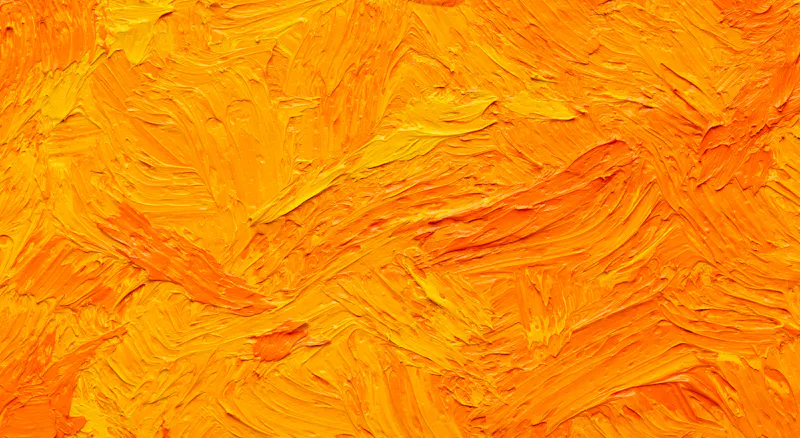Bilirubin levels: What low, normal, and high levels mean



Bilirubin is a yellowish pigment produced when your red blood cells break down. Your liver processes it and removes it from your bloodstream, converting it into a form that passes through your digestive system.
When bilirubin levels fall outside the normal range, it can signal problems with your liver, bile ducts, or red blood cells. A liver blood test measures bilirubin alongside other markers to assess liver health.
What’s the normal range for bilirubin?
In the UK, the normal range for bilirubin is 0-21 umol/L.
A bilirubin test measures total bilirubin, which includes two types:
- Unconjugated (indirect) bilirubin: This is bilirubin that hasn't been processed by your liver
- Conjugated (direct) bilirubin: This is bilirubin that has been processed by your liver.
It's important to know that a bilirubin test alone can't diagnose a medical condition. The GP reading your test results will consider your full liver function test results, medical history, and any symptoms before making a diagnosis.
High bilirubin levels
Bilirubin levels that are too high are called hyperbilirubinemia. This could mean your body isn't clearing bilirubin effectively, your red blood cells are breaking down faster than normal, or there's a problem with how your body transports bilirubin.
Bilirubin is measured alongside other liver enzymes, including albumin, alanine aminotransferase (ALT), alkaline phosphatase (ALP), globulin, total protein, and gamma-GT (GGT), to build a complete picture of liver health.
High bilirubin isn't usually serious, but it's worth monitoring your symptoms. Your doctor's report will explain whether or not you need to take action.
Symptoms of high bilirubin
The most common symptom is jaundice, which is the yellowing of your skin and the whites of your eyes. Jaundice becomes visible when bilirubin levels reach about 51 umol/L.
Other symptoms include:
- unusually dark urine (due to bilirubin being excreted in urine)
- pale-coloured stool
- abdominal pain or swelling
- fatigue
- nausea
- itchy skin (in some cases)
Causes of high bilirubin
Many health conditions can lead to high levels of bilirubin. These include:
- Gilbert's syndrome: This is a benign, or harmless, genetic condition where the body produces less of the enzyme needed to process bilirubin. It's more common in men and is typically diagnosed in your teens or twenties. No treatment is needed, though levels may temporarily increase during illness, stress, or fasting.
- Liver disease and cirrhosis: Hepatitis and liver scarring can prevent your liver from processing bilirubin properly. Chronic conditions like non-alcoholic fatty liver disease or alcohol-related liver disease can progressively impair liver function.
- Bile duct problems: Inflammation or blockages (often from gallstones) can prevent bilirubin from being excreted.
- Haemolytic anaemia: This can cause red blood cells to break down before the end of their normal 120-day lifespan. Causes include autoimmune conditions, certain medications, and some cancers.
- Intrahepatic cholestasis of pregnancy: In this condition, bile builds up in the body during pregnancy, usually resolving after delivery.
- Vigorous exercise: Long, strenuous exercise, such as marathon running, can temporarily increase bilirubin levels.
Learn more about conditions that affect the liver.
Low bilirubin levels
Lower than usual bilirubin isn't as well understood as high bilirubin. It rarely causes symptoms or necessitates treatment.
While more research is needed, some studies suggest bilirubin might have antioxidant properties, protecting against conditions like heart disease and stroke when present at normal levels.
Additionally, some substances and medications can lower bilirubin:
- barbiturates (sedative medications)
- caffeine
- penicillin
- some antibiotics
- high-dose salicylates
When to test your bilirubin levels
You can check your bilirubin levels with a liver blood test at home. This collection of tests can give you valuable information about your liver health.
Certain symptoms and health conditions can be linked to issues with the liver. You may want to get a liver test if you:
- notice yellowing of your skin or eyes
- have unexplained fatigue or abdominal pain
- have risk factors such as regular alcohol consumption, family history of liver conditions, and type 2 diabetes
- take medications that affect liver function
- want to monitor an existing liver condition
Takeaway
Bilirubin is a yellowish pigment that is processed by your liver, and it's often included in a liver blood test. High levels can point to potential issues with your liver, bile ducts, or red blood cells. You can test your levels at home with a Thriva blood test.
- Baldwin, C., Pandey, J. & Olarewaju, O. (2023). Hemolytic anemia. https://www.ncbi.nlm.nih.gov/books/NBK558904/
- Joseph, A. and Samant, H. (2023). Jaundice. https://www.ncbi.nlm.nih.gov/books/NBK544252/
- National Institute for Health and Care Excellence. (2025). Jaundice in adults: Definition. https://cks.nice.org.uk/topics/jaundice-in-adults/background-information/definition/
- NHS. (2023). Itching and intrahepatic cholestasis of pregnancy. https://www.nhs.uk/pregnancy/complications/itching-and-intrahepatic-cholestasis/
- NHS. (2023). Liver disease. https://www.nhs.uk/conditions/gilberts-syndrome/
- NHS. (2024). Jaundice. https://www.nhs.uk/conditions/jaundice/
- NHS. (2025). Gilbert's syndrome. https://www.nhs.uk/conditions/gilberts-syndrome/